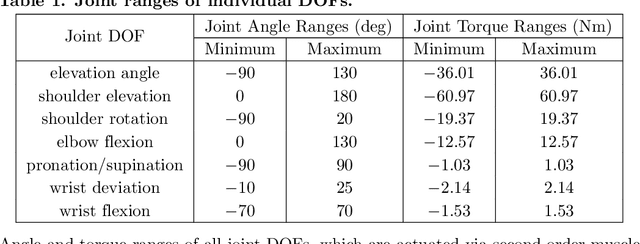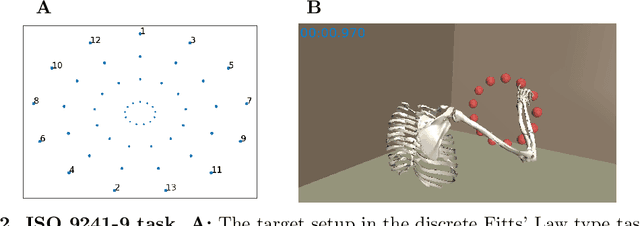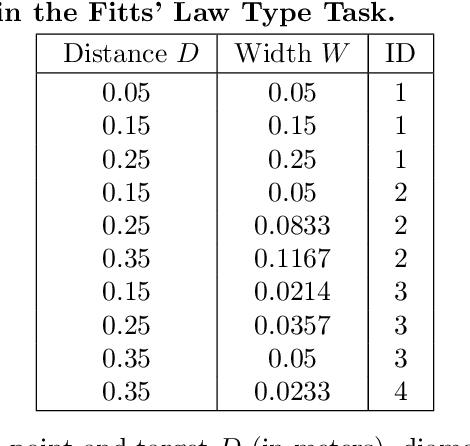Jörg Müller
Efficient and Interpretable Traffic Destination Prediction using Explainable Boosting Machines
Feb 05, 2024Abstract:Developing accurate models for traffic trajectory predictions is crucial for achieving fully autonomous driving. Various deep neural network models have been employed to address this challenge, but their black-box nature hinders transparency and debugging capabilities in a deployed system. Glass-box models offer a solution by providing full interpretability through methods like \ac{GAM}. In this study, we evaluate an efficient additive model called \ac{EBM} for traffic prediction on three popular mixed traffic datasets: \ac{SDD}, \ac{InD}, and Argoverse. Our results show that the \ac{EBM} models perform competitively in predicting pedestrian destinations within \ac{SDD} and \ac{InD} while providing modest predictions for vehicle-dominant Argoverse dataset. Additionally, our transparent trained models allow us to analyse feature importance and interactions, as well as provide qualitative examples of predictions explanation. The full training code will be made public upon publication.
Reinforcement Learning Control of a Biomechanical Model of the Upper Extremity
Nov 13, 2020



Abstract:We address the question whether the assumptions of signal-dependent and constant motor noise in a full skeletal model of the human upper extremity, together with the objective of movement time minimization, can predict reaching movements. We learn a control policy using a motor babbling approach based on reinforcement learning, using aimed movements of the tip of the right index finger towards randomly placed 3D targets of varying size. The reward signal is the negative time to reach the target, implying movement time minimization. Our biomechanical model of the upper extremity uses the skeletal structure of the Upper Extremity Dynamic Model, including thorax, right shoulder, arm, and hand. The model has 7 actuated degrees of freedom, including shoulder rotation, elevation and elevation plane, elbow flexion, forearm rotation, and wrist flexion and deviation. To deal with the curse of dimensionality, we use a simplified second-order muscle model acting at each joint instead of individual muscles. We address the lack of gradient provided by the simple reward function through an adaptive learning curriculum. Our results demonstrate that the assumptions of signal-dependent and constant motor noise, together with the objective of movement time minimization, are sufficient for a state-of-the-art skeletal model of the human upper extremity to reproduce complex phenomena of human movement such as Fitts' Law and the 2/3 Power Law. This result supports the idea that the control of the complex human biomechanical system is plausible to be determined by a set of simple assumptions and can be easily learned.
 Add to Chrome
Add to Chrome Add to Firefox
Add to Firefox Add to Edge
Add to Edge